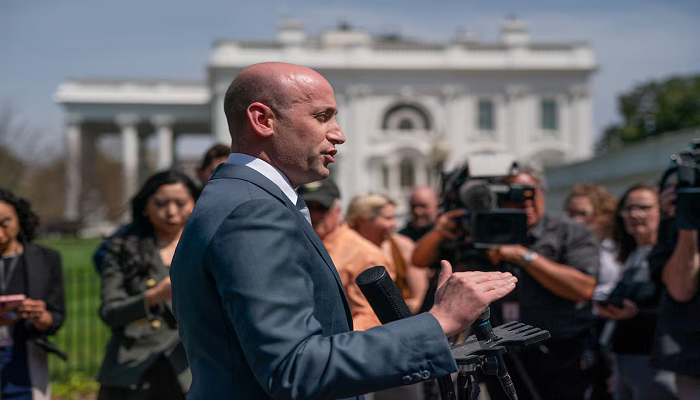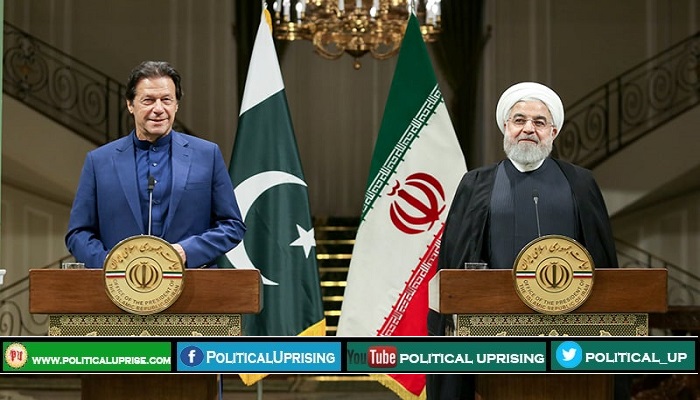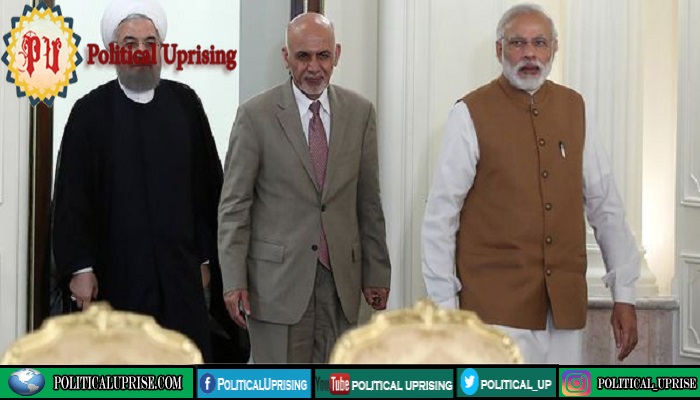India and the Philippines held their first-ever joint naval exercise in the disputed South China Sea, signaling a strategic shift toward closer defence collaboration amid regional tensions with China and increasing scrutiny from the United States over India’s energy ties with Russia.
The two-day joint deployment, which began on Sunday, featured warships from both countries sailing through waters claimed by China but internationally recognized as part of the Philippines’ exclusive economic zone (EEZ).
The timing of the drills coincided with Philippine President Ferdinand Marcos Jr.’s five-day visit to India, where he expressed commitment to deepening maritime and defence ties, along with cooperation in pharmaceuticals and agriculture.

“The drill sends a powerful signal of solidarity, strength in partnership, and the energy of cooperation between two vibrant democracies in the Indo-Pacific,” said Philippine Chief of Staff Gen. Romeo Brawner Jr., who confirmed the presence of shadowing vessels presumed to be Chinese though no direct confrontation occurred.
India deployed guided missile destroyer INS Delhi, tanker INS Shakti, and corvette INS Kiltan, while the Philippines contributed BRP Miguel Malvar and BRP Jose Rizal to the exercise.
Indian Man Arrested for Running Fake Embassy in Delhi Suburb
In response, China’s military said it conducted its own patrols in the same disputed waters from August 3 to 4, describing them as “routine.” However, a spokesperson for the Southern Theatre Command accused the Philippines of “disrupting regional peace and stability” through its so-called joint patrol.
Earlier, the Chinese Ministry of Foreign Affairs reiterated its long-standing stance that third-party involvement in maritime disputes is unacceptable, adding that territorial issues must be resolved bilaterally.
“China never wavers in its resolve to safeguard national territorial sovereignty,” said ministry spokesperson Zhang Xiaogang, branding the Philippines a “troublemaker” and warning of “resolute countermeasures.”
China claims nearly the entire South China Sea, a strategic shipping corridor through which $3 trillion in trade passes annually. However, a 2016 international tribunal ruling invalidated China’s sweeping maritime claims an outcome Beijing rejects.
As India deepens strategic partnerships in Southeast Asia, it is facing sharp criticism from its longtime partner, the United States, over its continued energy trade with Russia. On Friday, the Trump administration imposed a 25% tariff on Indian exports, citing India’s purchase of Russian oil and military equipment as justification.
EU Sanctions Nayara Energy, Disrupts Indian Fuel Exports
In a pointed rebuke, White House Deputy Chief Stephen Miller accused India of “financing Russia’s war in Ukraine” by significantly increasing its crude oil imports from Moscow, despite global efforts to isolate the Kremlin.
“It is not acceptable for India to continue financing this war by purchasing oil from Russia,” Miller said in an interview. “India is basically tied with China as the largest buyer of Russian oil. That’s astonishing.”

The criticism was among the harshest yet from Washington, despite former President Donald Trump’s personal praise for Prime Minister Narendra Modi, whom he described as a “tremendous friend.”
Indian officials, however, rejected the U.S. accusations, asserting that New Delhi’s energy policy serves national interests and complies with international law.
“India’s relationship with Russia is steady and time-tested and should not be viewed through the lens of a third country,” the Indian Ministry of External Affairs said in a statement.
According to data analytics firm Kpler, India went from importing 68,000 barrels per day of Russian oil in early 2022 to over 2 million barrels per day at the height of 2023. Russia briefly became India’s largest crude supplier, accounting for up to 40% of total imports.
India has defended these purchases, arguing that they helped stabilize global oil prices amid Western sanctions, and that New Delhi is simply acting as a responsible buyer in a volatile global energy market.
The juxtaposition of India’s growing defence ties with Southeast Asian democracies like the Philippines and its sustained economic engagement with Russia underscores the delicate balancing act New Delhi is attempting on the global stage.
Trump Claims Five Fighter Jets Shot Down in India-Pakistan Conflict
Analysts say India is expanding its strategic autonomy by engaging both Western democracies and long-time partners like Russia. However, this increasingly multipolar stance risks attracting punitive actions from both sides, particularly as the US seeks to isolate Russia over the war in Ukraine.
Meanwhile, the India-Philippines naval drill serves as a clear message not just to Beijing but also to Washington that India is committed to a more assertive role in Indo-Pacific security, even as it fends off criticism over its global economic choices.



